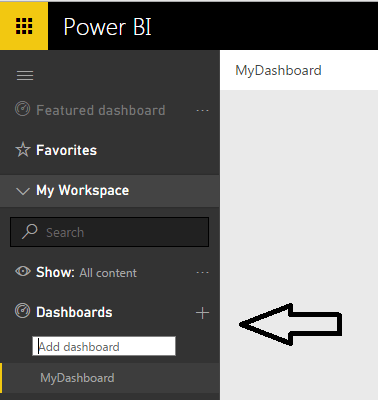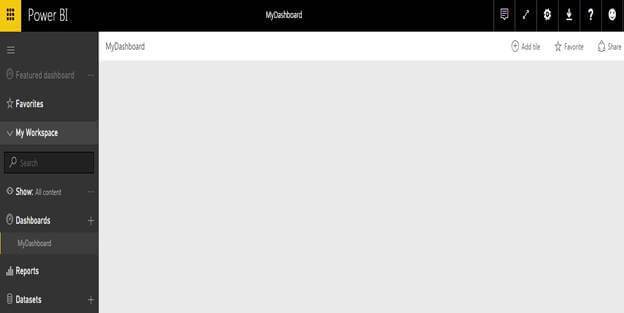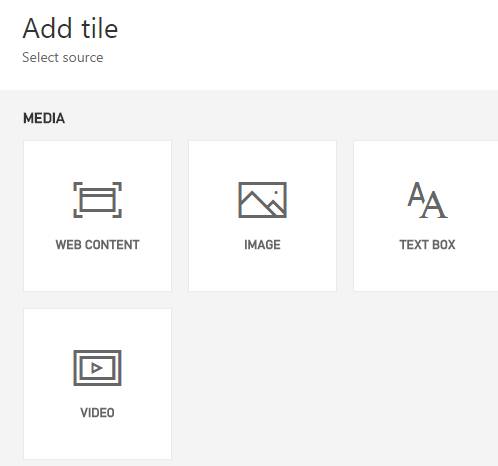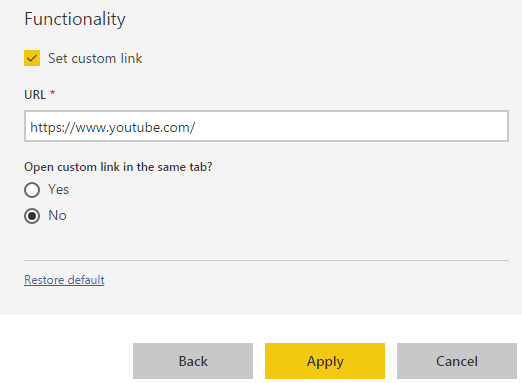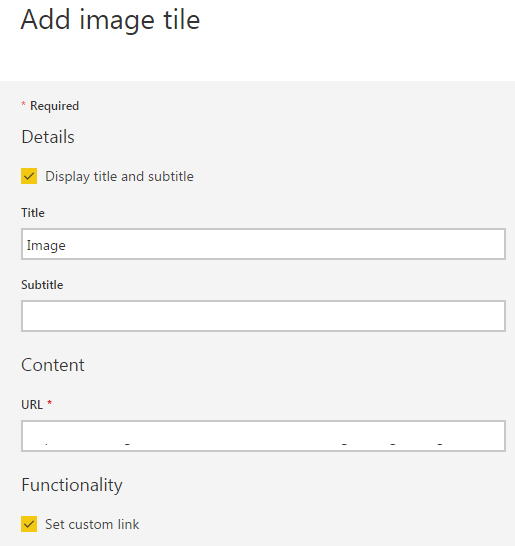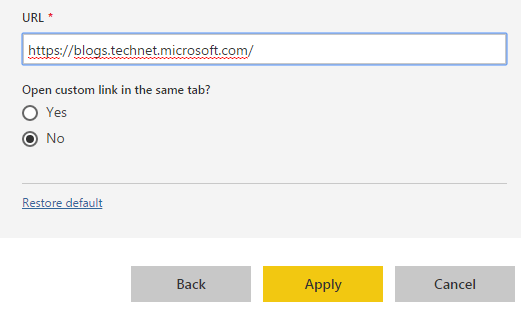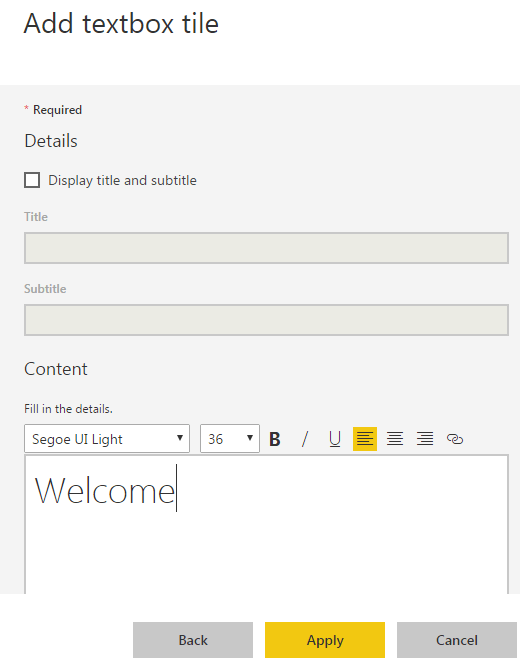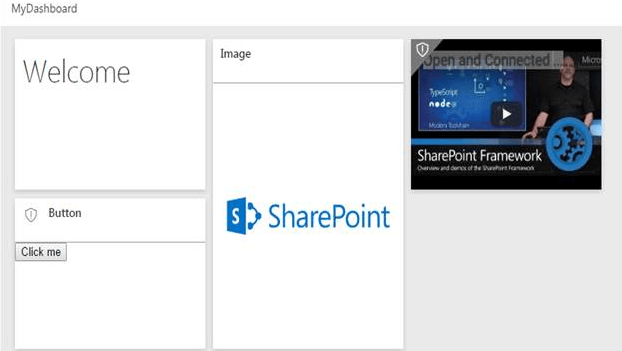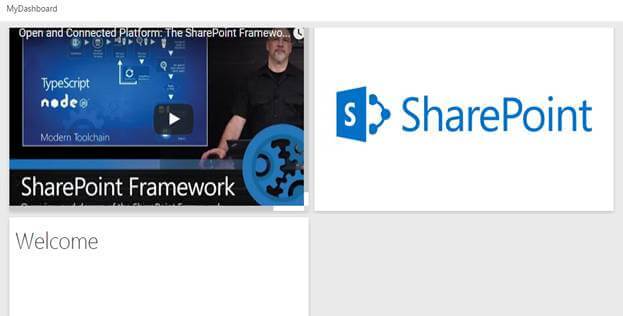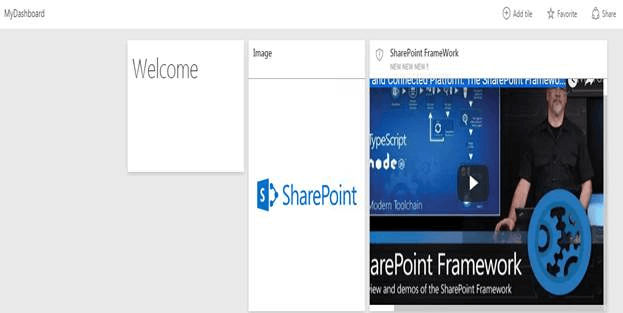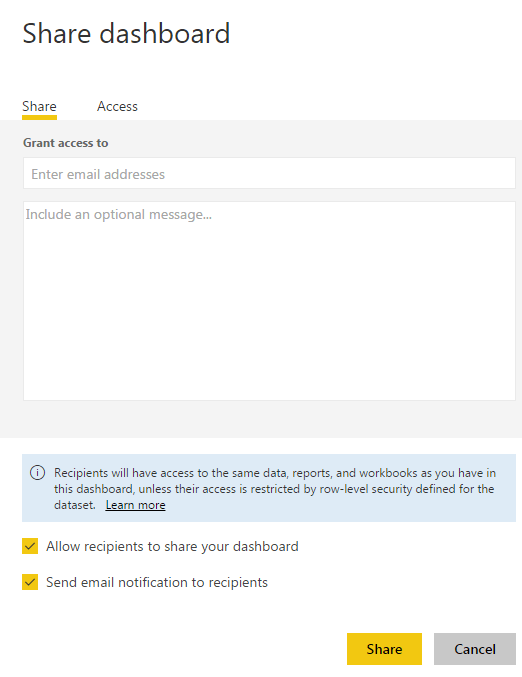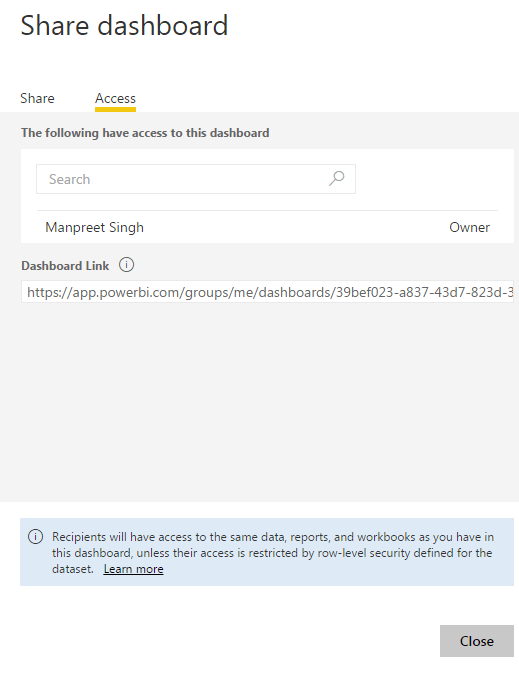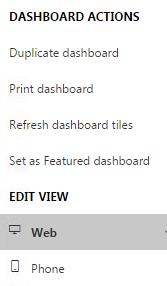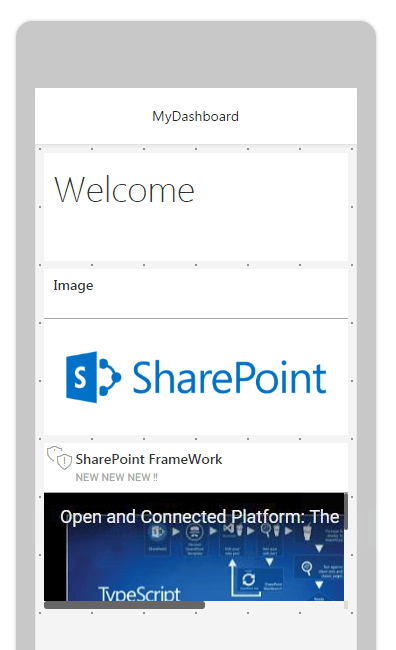Office 365 SharePoint Power BI: User Profile Dashboard
Dashboards are the main module of Power BI Service, provided to the user end. We can create our own personalized dashboards to view or monitor our real time data through just one portal.
We can have a dashboard on the Web or on our cell phone. It will provide us the same data and most importantly no matter how many external services you link to your dashboard, all will be in synchronization, Real time synchronization.
Power BI is so powerful as a tool that for the end users, it looks like a cool gadget, which has everything in one place.
Let’s see what it offers.
On Power BI, click My Workspace on the left panel and under Dashboards, click Add dashboard. Provide a name to the dashboard and it is ready as per the screenshot, given below, as blank, which needs to be filled in.
Now it’s like we have a blank chart and we want everything to be in it. We have a section on the right top corner, which will assist us in doing that. Starting off with Add tile.
Add tile
This provides us a whole lot of Applications to be connected to your dashboard with the help of simple clicks of our mouse.
Let’s see them.
WEB Content
This is one of the most amazing features of the Dashboard. For example, we can have an embed code to be posted from You Tube or Google calendar or even HTML button to my dashboard, what do I do?
Simply click Add Tile as Web Content and configure the following fields.
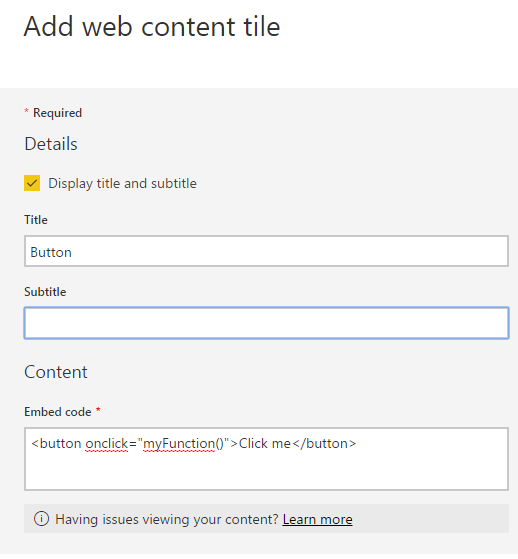
Configuration
Title: Provide a title, if we want to have one, it’s not mandatory.
Subtitle: Similarly, provide a subtitle, if we want to have one, it’s not mandatory.
Content: The amazing part comes here. We can connect any embedded code and the real time data comes in directly on our dashboard.
For a demo, we have used HTML button code and it loads up.
Functionality: On clicking the title, if we want it to open something on the same or a new tab, just configure the Set Custom Link option and on click, it will perform the action.
Image
If we want to add an image to the dashboard, just add another tile. Configure the tile and the image will be set as per the screenshot, given below:
Configuration
- Title: Provide a title, if we want to have one, it’s not mandatory.
- Subtitle: Similarly, provide a subtitle, if we want to have one, it’s not mandatory.
- Content: Add a link of the image and it will load.
- Functionality: On click of the title, if we want it to open something on the same or a new tab, just configure the Set Custom Link option and on click, it will perform the action.
Text
Similarly, we can configure our tile with a text content.
Configuration
- Title: Provide a title, if we want to have one, it’s not mandatory.
- Subtitle: Similarly, provide a subtitle, if we want to have one, it’s not mandatory.
- Content: Add the text content.
- Functionality: On the click of the title, if we want it to open something on the same or a new tab, just configure the Set Custom Link option and on click, it will perform the action.
Video File
This is one of the most amazing features of the dashboard. For example, I have a video to be posted from YouTube to my dashboard, what do I do?
Simply, click on Add Tile as Web Content and configure the following fields.
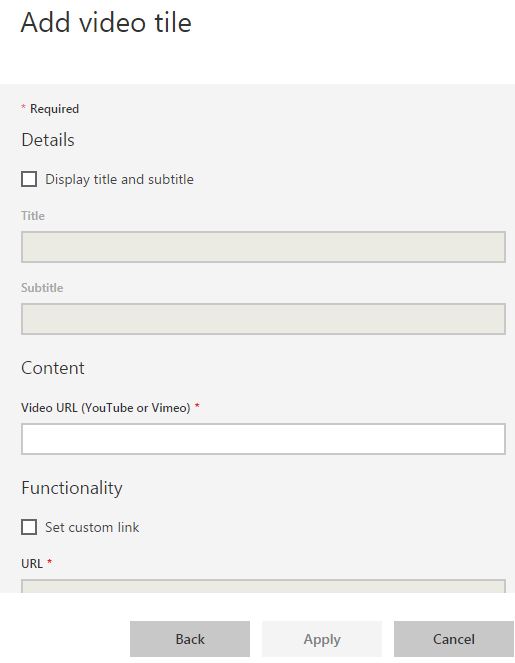
Configuration
- Title: Provide a title, if we want to have one, it�����s not mandatory.
- Subtitle: Similarly, provide a subtitle, if we want to have one, it’s not mandatory.
- Content: For a demo, I have used a video from a YouTube link and it loads.
- Functionality: On click of the title, if we want it to open something on the same or a new tab, just configure the Set Custom Link option and on click, it will perform the action.
After configuration, the dashboard is ready for preview.
Now comes the best part. We can control the look and feel of the dashboard, just by dragging.
Really, it’s so easy, as you can see in the screenshots below. We just have to drag them to our dashboard, where we want to place them or even if we want to change the height or width, just change it on the image slot.
This ease will help you to setup your dashboard very efficiently and much quicker without even writing a single line of code to setup your choice of dashboard.
Sharing
On the right corner, click share and you will see the options, mentioned above.
Enter the Email address of the users with an optional message and click share. They will have direct access to your dashboards, reports and datasets in easy clicks.
If you want them to view only the dashboard and not the other reports on your Power BI, just click Access under share and provide them access only to your dashboards from here.
Dashboard Actions
Last but not the least of so many features, our dashboard provides the following actions.
- Duplicate dashboard: We can duplicate all the content on our dashboard by just clicking on the option.
- Print dashboard: We can print our dashboard.
- Refresh dashboard tiles: If we are getting the real time data, we can refresh our tiles.
- Set as Featured dashboard: It’s like choosing it as favorites.
- Edit View.
As our dashboard is compatible in both Web and phone devices, we can choose the phone device and configure the look and feel we want to display on the devices, as per the screenshot, given below.
Here, we read an article on Dashboard of Microsoft Power BI and it is an amazing platform, which can keep you glued, when configured, as you can get all the advantages of multiple platforms in one.
